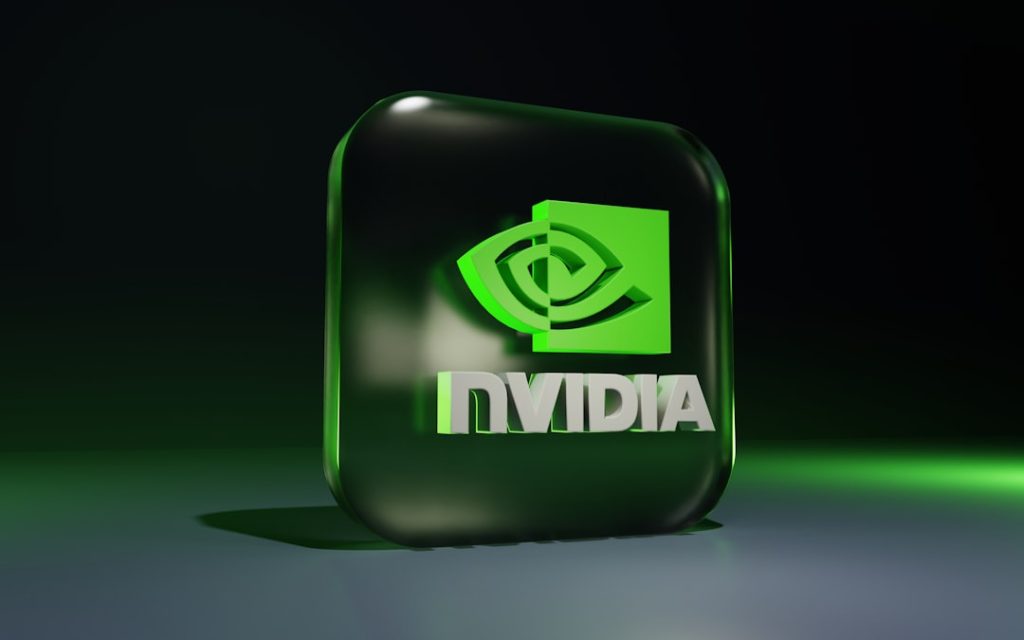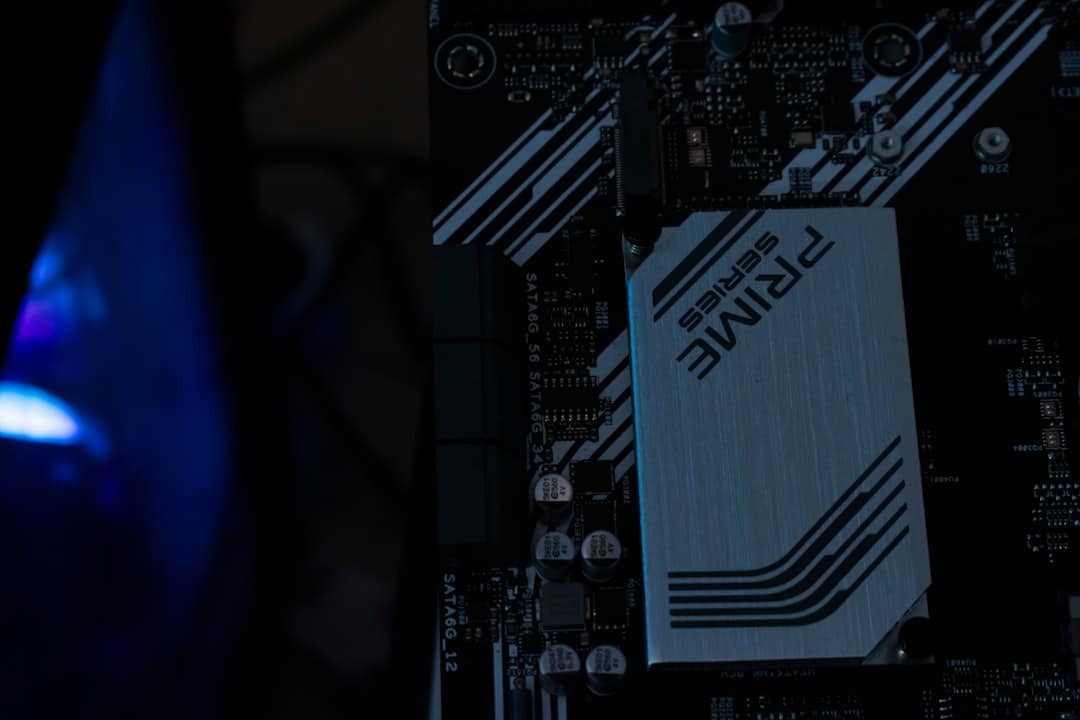How to Resolve NVIDIA Installer Error 0x80070005 (Access Denied)

Encountering errors during software installations can be frustrating, especially when they impede progress. One such common issue for gamers and tech enthusiasts is the NVIDIA Installer Error 0x80070005, which typically arises due to permission-related problems. This error message—commonly defined as “Access Denied”—occurs when the installer lacks the necessary privileges to make changes to system files or registry paths during the installation of NVIDIA drivers.
This article explains the root causes of this error, outlines several step-by-step solutions for resolving it, and offers preventive measures to ensure a smooth installation of NVIDIA graphics drivers.
What Causes NVIDIA Installer Error 0x80070005?
The 0x80070005 error is usually permission-related. Here are the most common causes:
- Insufficient administrative rights: The installer may not have the necessary system privilege to modify system files.
- Antivirus/Firewall interference: Overprotective security software might block some of the installer operations.
- Corrupt driver files or a damaged installation: Previous installation remnants can cause conflicts.
- Group policies or domain restrictions: Especially in enterprise environments, administrative policies may restrict software changes.
Steps to Fix NVIDIA Installer Error 0x80070005
Before diving into advanced fixes, first ensure the installer file is downloaded from the official NVIDIA website, as unofficial sources might include corrupted or manipulated files.
1. Run Installer as Administrator
This is the simplest and most common fix:
- Right-click the NVIDIA driver installer file.
- Select “Run as administrator” from the context menu.
- Proceed with the installation process.
If the issue persists, continue with further steps.
2. Disable Antivirus and Firewall Temporarily
Sometimes, an antivirus program can interfere with the installer:
- Temporarily disable your antivirus software.
- Disable the Windows Firewall:
- Go to Control Panel > System and Security > Windows Defender Firewall.
- Click “Turn Windows Defender Firewall on or off”.
- Select “Turn off Windows Defender Firewall” (for both private and public networks).
- Try running the installer again as administrator.

Note: Remember to re-enable your antivirus and firewall after installing the drivers to avoid security vulnerabilities.
3. Use Display Driver Uninstaller (DDU) in Safe Mode
Residual files from previous driver installations can cause conflicts. DDU is a tool that completely removes existing NVIDIA drivers from your system.
- Download Display Driver Uninstaller (DDU) from its official website.
- Boot your system into Safe Mode:
- Press Windows + R, type
msconfig, and press Enter. - Go to the Boot tab and check Safe boot, then restart your PC.
- Press Windows + R, type
- Run DDU and select Clean and restart.
- Once your system is back up, install the latest NVIDIA driver.
By eliminating all traces of previous installations, this often resolves deep-rooted conflicts.
Image not found in postmeta4. Check and Modify System Permissions
If access is genuinely restricted at the system level, adjusting permissions may help.
- Navigate to
C:\Program Files\NVIDIA CorporationandC:\Program Files (x86)\NVIDIA Corporation. - Right-click each folder, go to Properties > Security tab.
- Check if your user has Full control. If not:
- Click Edit, then select your user account.
- Enable Full control and apply changes.
This empowers the installer to access and modify its own required directories.
5. Install Through Device Manager
If the NVIDIA installer keeps failing, drivers can often be installed manually:
- Download the driver package from the official site and extract its contents.
- Open Device Manager (Right-click Start > Device Manager).
- Expand Display adapters, right-click your NVIDIA GPU, and click Update driver.
- Choose Browse my computer for driver software.
- Point to the extracted driver folder and click Next.
This method bypasses the standard NVIDIA installer entirely.
Preventing Future Installer Issues
Once the driver is installed, consider these practices to avoid encountering error 0x80070005 again:
- Always use the latest driver version appropriate for your GPU and OS.
- Avoid using third-party driver update tools which may download unstable versions.
- Run Windows and graphics updates regularly to maintain compatibility.
- Ensure you’re logged in with an admin account during installations.
- Whitelist the installer in your antivirus program, if needed.
Following these tips helps maintain a healthy software environment and minimizes driver-related complications.
Conclusion
While the NVIDIA Installer Error 0x80070005 can be disruptive, it’s usually solvable with the right steps. By ensuring administrative access, avoiding conflicts with antivirus software, and using tools like Display Driver Uninstaller cautiously, users can resolve the issue efficiently. For most users, running the installer as an administrator or installing the driver via Device Manager solves the problem without further changes. However, more advanced fixes are available when initial attempts fail.
Whether you’re updating a GPU for gaming, work, or creative pursuits, overcoming installation errors like 0x80070005 ensures your system performs at its best.
Frequently Asked Questions (FAQ)
1. What does error code 0x80070005 mean?
This Windows error means “Access Denied.” It appears when an operation fails due to insufficient permissions or restrictions in system settings.
2. Is error 0x80070005 specific to NVIDIA installations?
No, the error is not exclusive to NVIDIA. It may occur during Windows updates, app installations, and other system-level operations where permissions are restricted.
3. Can I permanently fix this by changing ownership settings?
Changing ownership settings may help if file/folder permissions are misconfigured. However, it’s recommended to apply this only to necessary folders and not system-wide.
4. What if none of these solutions work?
If all else fails, consider creating a new administrator user account and attempting the installation from there. Alternatively, seek support from the NVIDIA forums or your system manufacturer’s technical support.
5. Are there implications if I disable antivirus during installation?
Temporarily disabling antivirus is generally safe, especially when installing trusted software. Ensure it’s turned back on immediately after completion to maintain system security.
